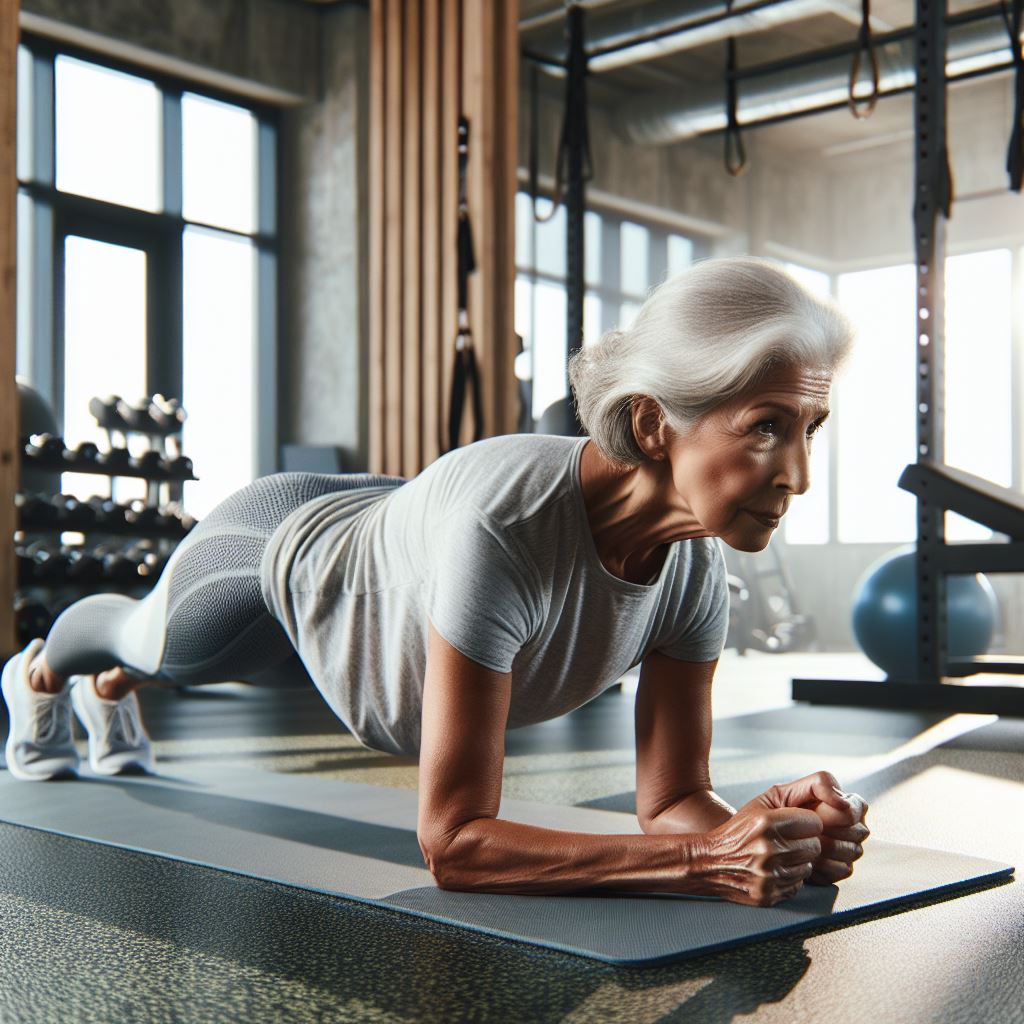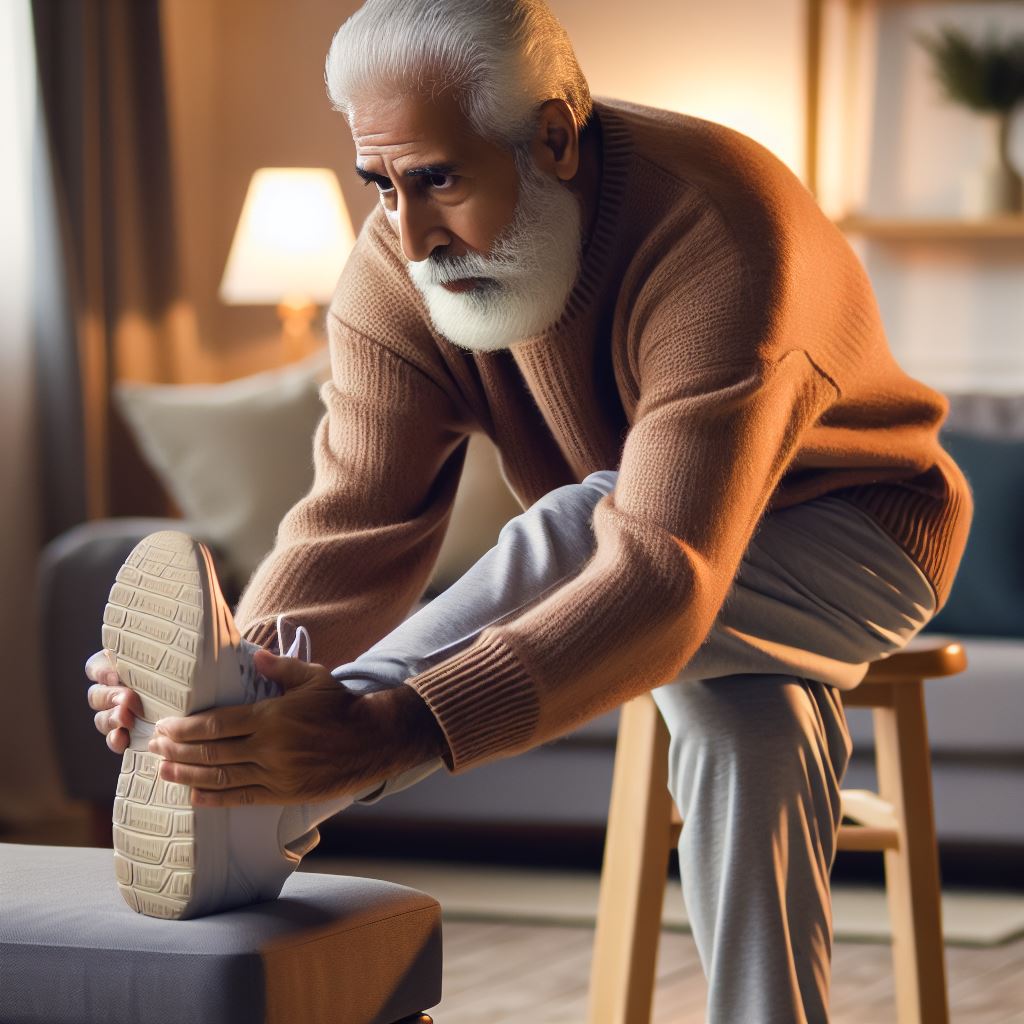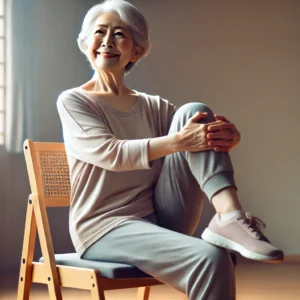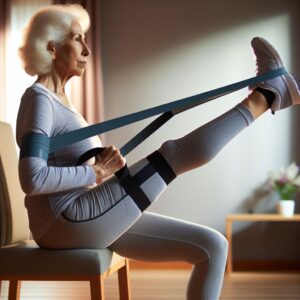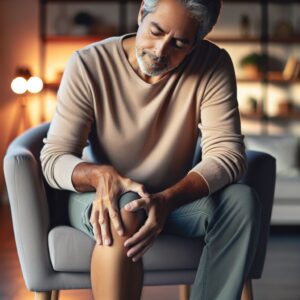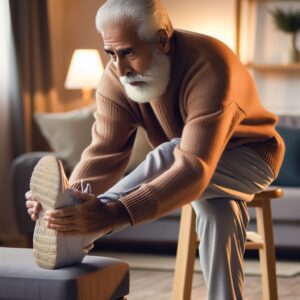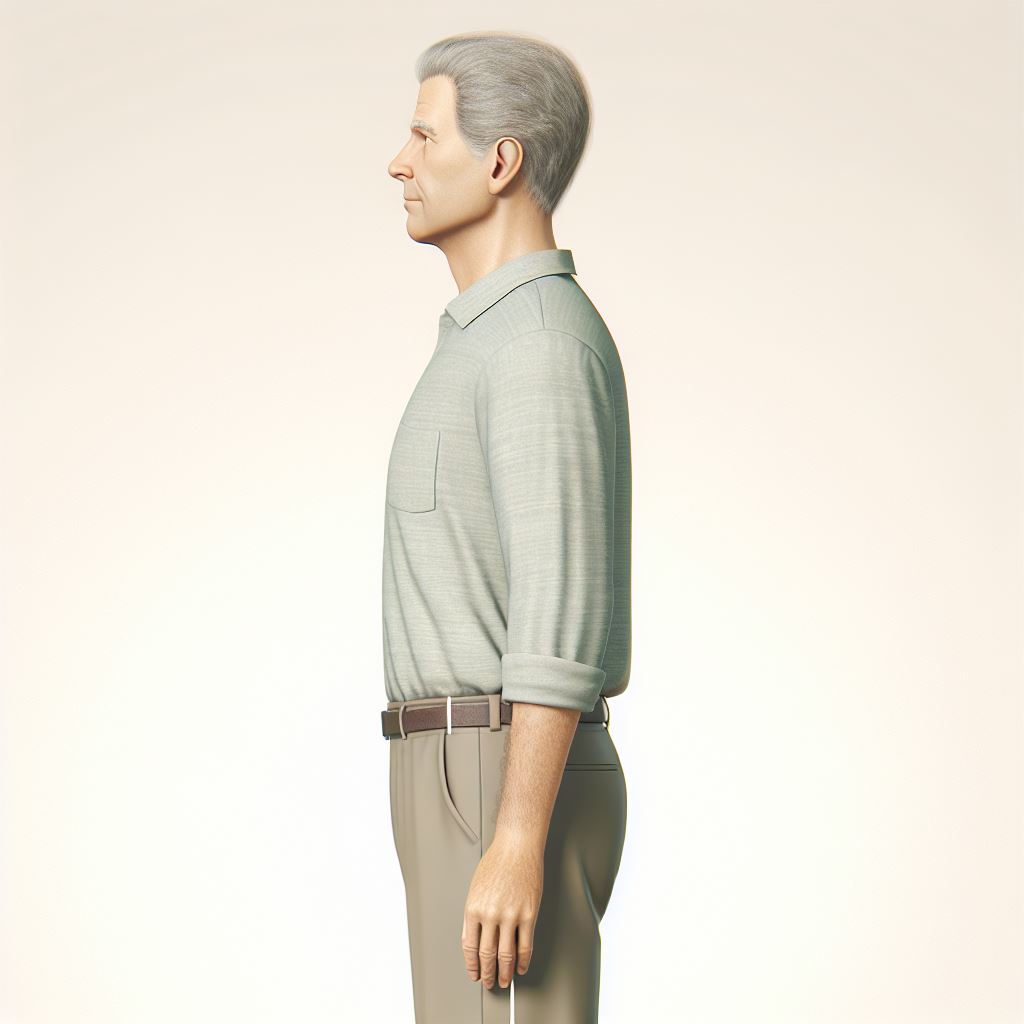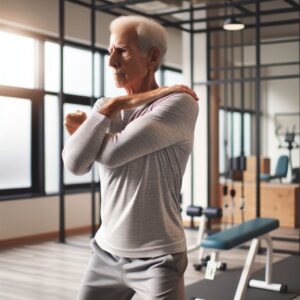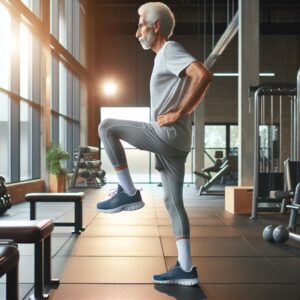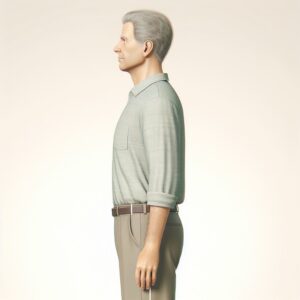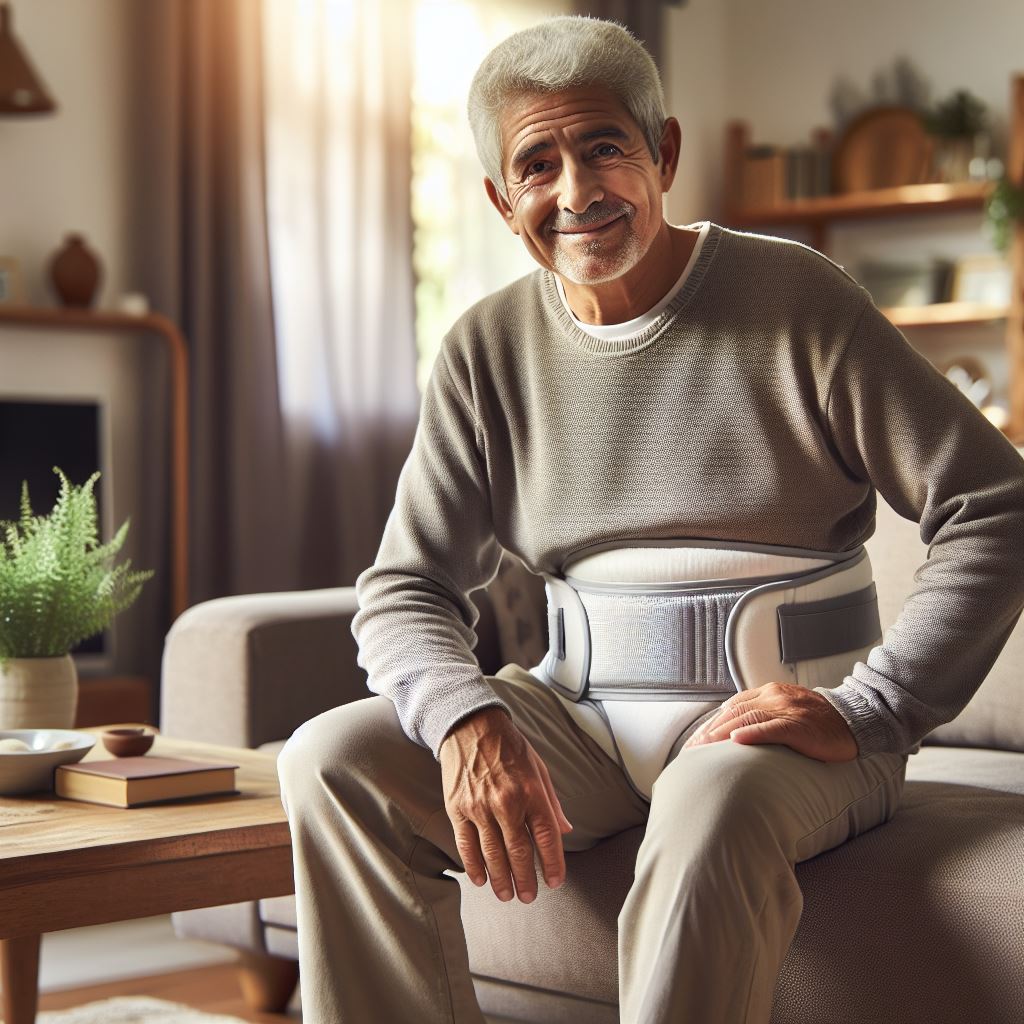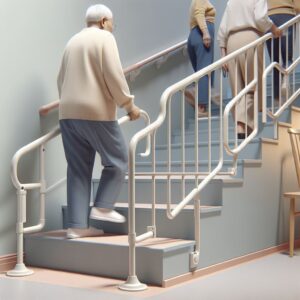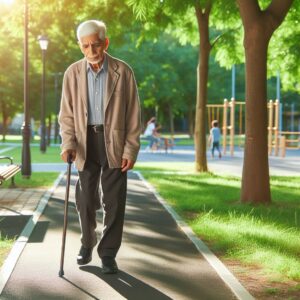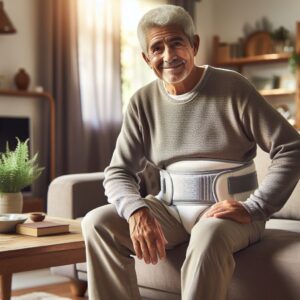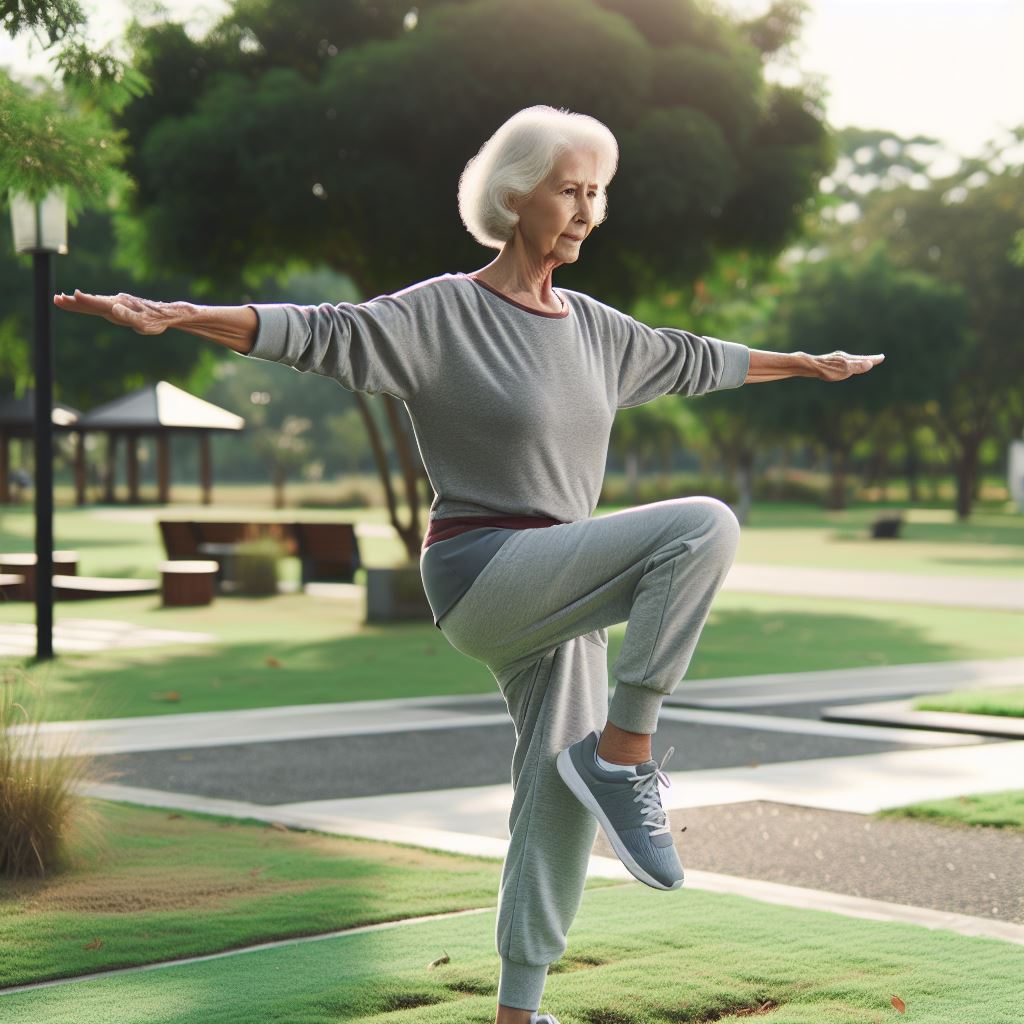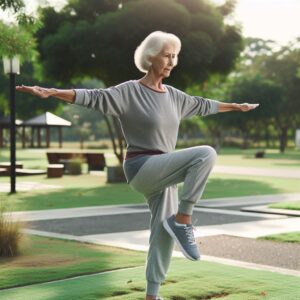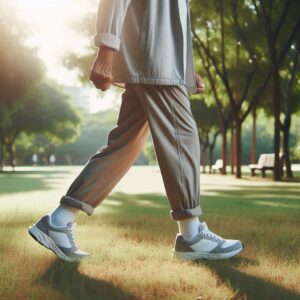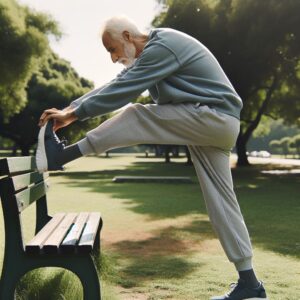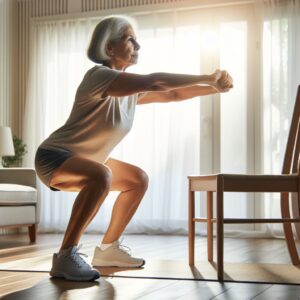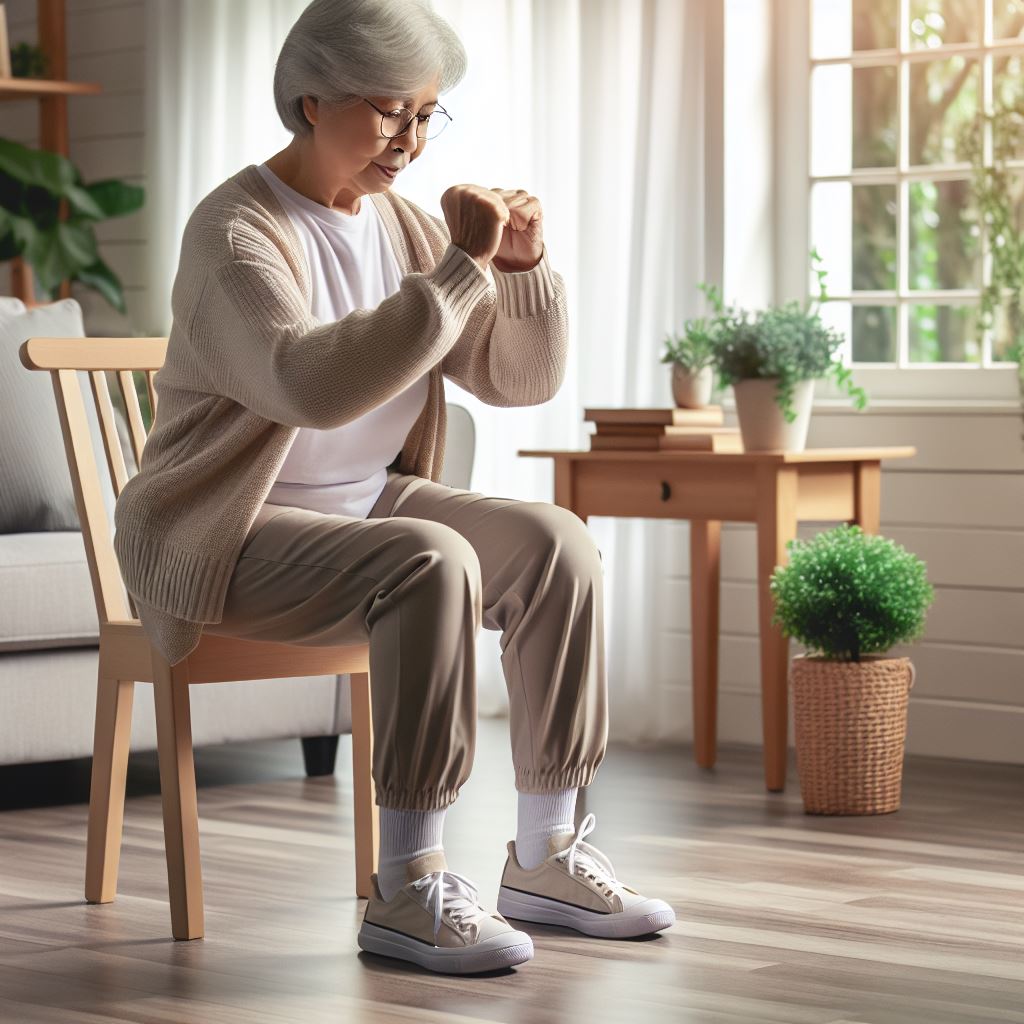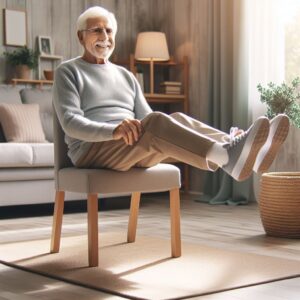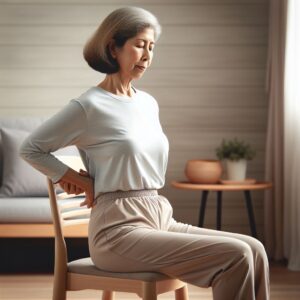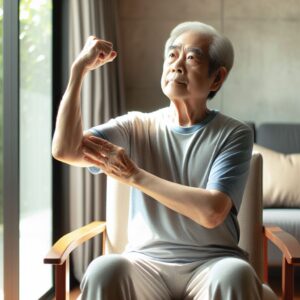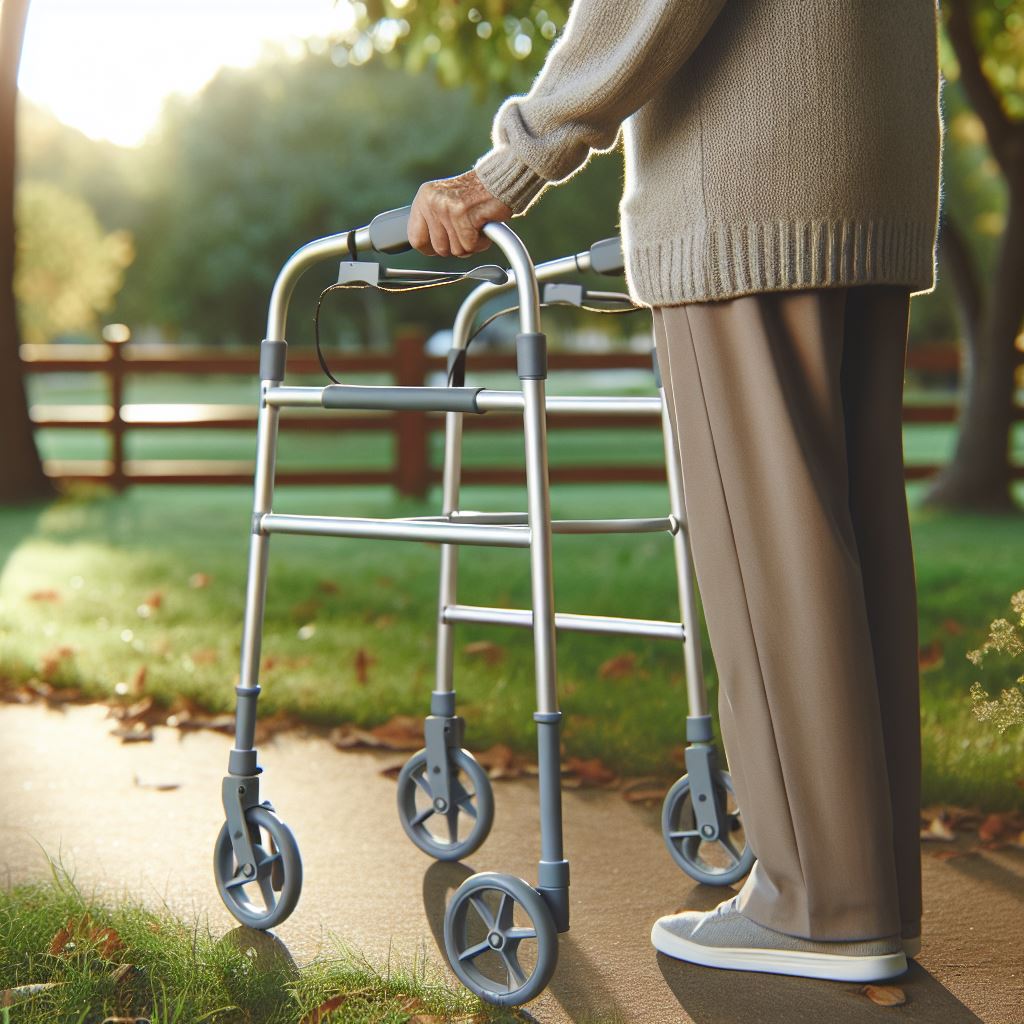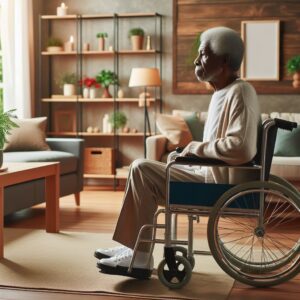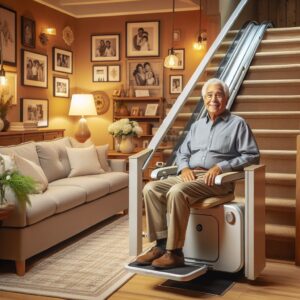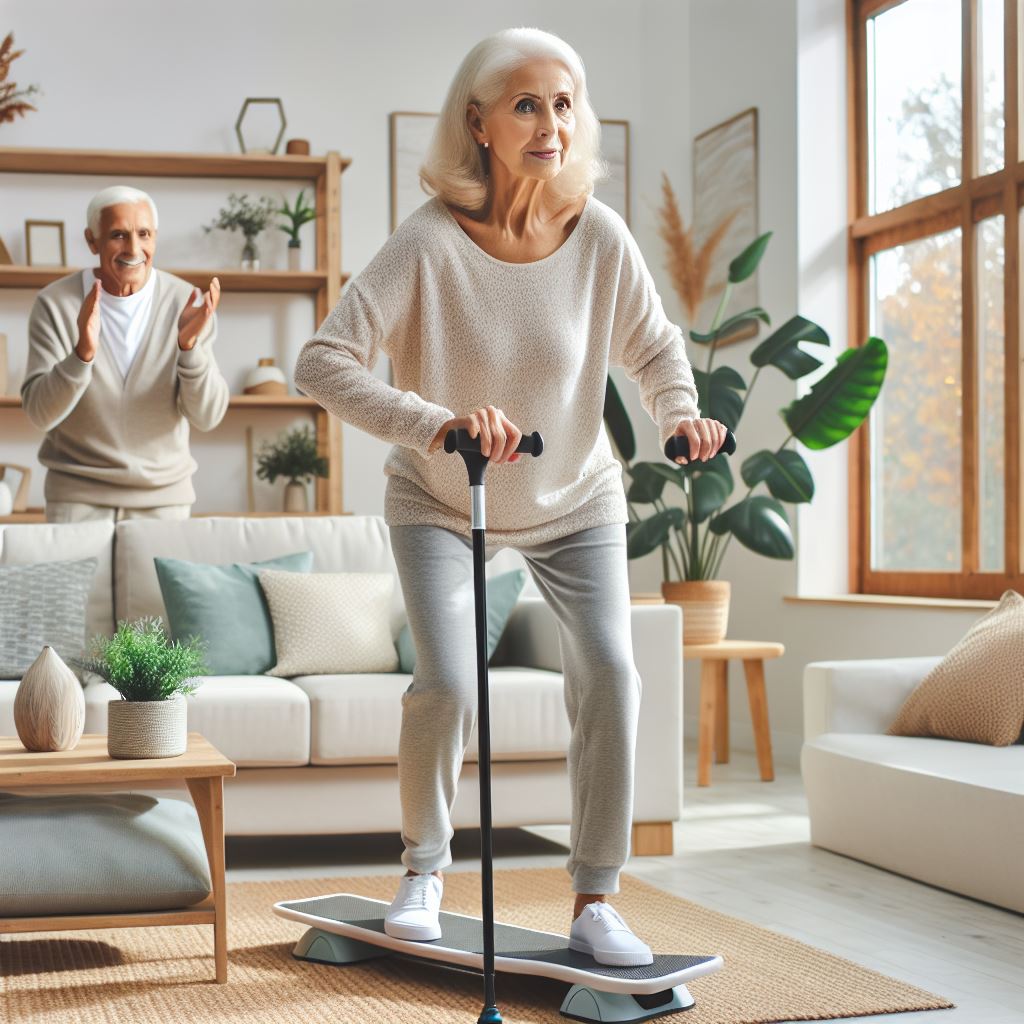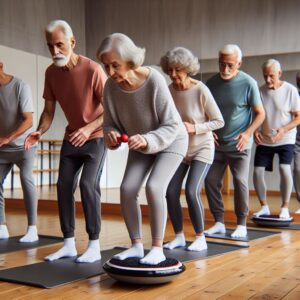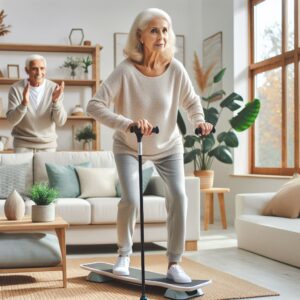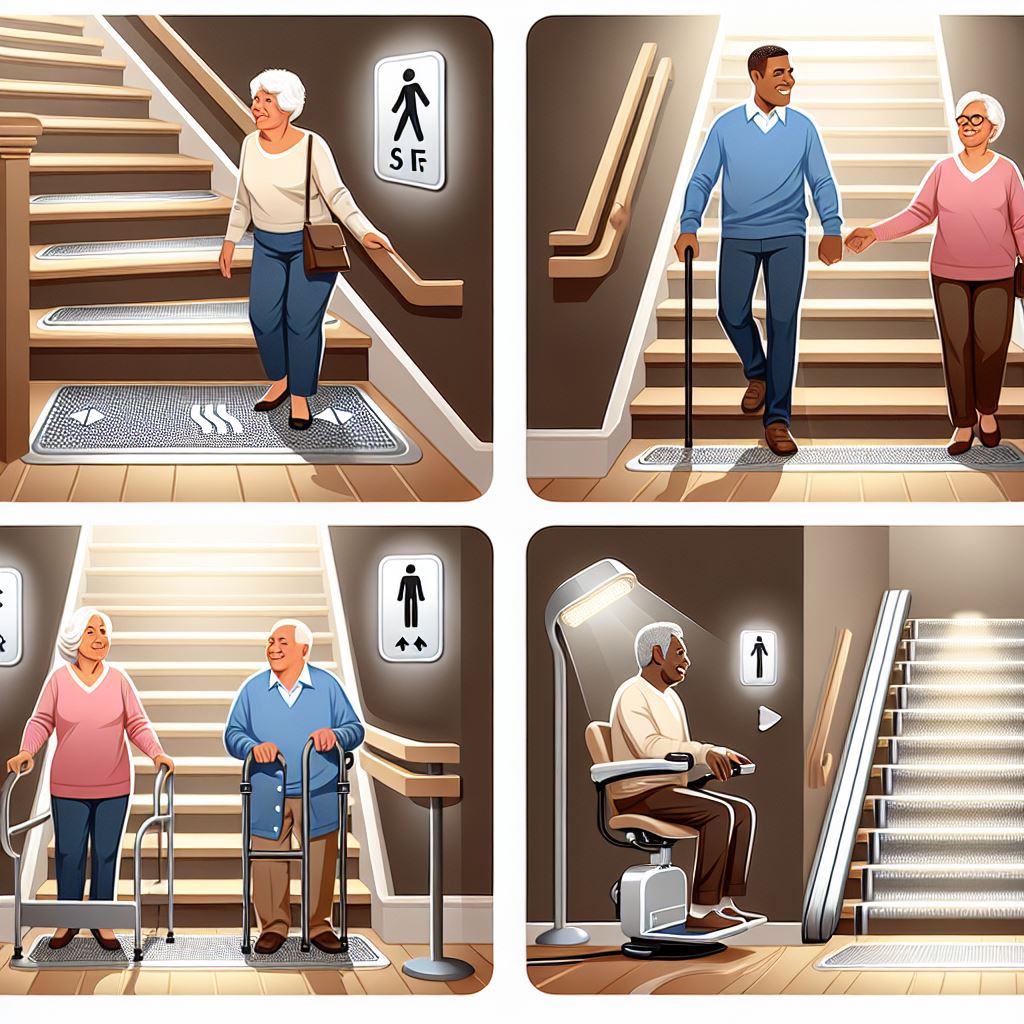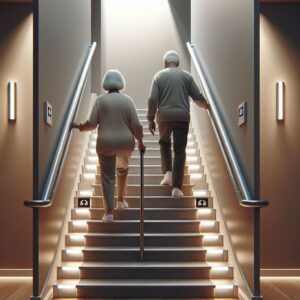As we age, maintaining strength, balance, and stability becomes increasingly important to prevent falls and ensure a high quality of life. One effective way to achieve this is through planking exercises. In this comprehensive guide, we’ll explore how planking exercises can benefit seniors, particularly in fall prevention, and provide detailed instructions on how to perform these exercises safely.
Why Planking Exercises Are Important for Seniors
Core Strength and Stability
Planking exercises are renowned for their ability to strengthen the core muscles, which include the abdominals, lower back, and hips. A strong core is essential for maintaining balance and stability, reducing the risk of falls. By engaging multiple muscle groups simultaneously, planks help seniors build the strength needed to stay steady on their feet.
Improved Posture
Good posture is crucial for seniors to avoid falls and injuries. Planking exercises help strengthen the muscles that support the spine, promoting better posture and reducing the likelihood of slouching or back pain. Improved posture also enhances overall body alignment, making everyday movements safer and more efficient.
Enhanced Balance and Coordination
Balance and coordination are vital for preventing falls, especially in older adults. Planking exercises challenge the body’s stability, requiring constant adjustments to maintain the position. This continuous engagement of the stabilizing muscles improves balance and coordination over time.
Total Body Strength
While planking primarily targets the core, it also engages the arms, shoulders, and legs, providing a full-body workout. This comprehensive strengthening helps seniors perform daily activities with greater ease and confidence, further reducing the risk of falls.
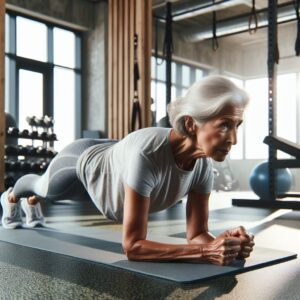
Flexibility and Mobility
Holding a plank position can improve flexibility in the spine and hips, increasing overall mobility. Enhanced flexibility allows seniors to move more freely and comfortably, making it easier to navigate their environment without the fear of falling.
Safety Tips for Seniors Doing Core Exercises
Before starting any new exercise routine, it’s essential for seniors to consult with their healthcare provider, especially if they have existing health conditions. Here are some safety tips to keep in mind when performing planking exercises:
Start with Easy Variations
If you’re new to planking, begin with modified versions and gradually progress as you feel stronger. This approach helps build confidence and reduces the risk of injury.
Maintain Proper Form
Ensure your body stays in a straight line from head to heels to avoid putting strain on your lower back or neck. Proper form is crucial for maximizing the benefits of planking exercises and preventing discomfort.
Take Breaks
If holding a plank for a long period is challenging, take breaks as needed. Even holding the position for a few seconds offers benefits, and you can gradually increase the duration as your strength improves.
Listen to Your Body
If planking causes discomfort, particularly in your back, shoulders, or neck, stop and consult a fitness professional. It’s important to listen to your body and avoid pushing through pain.
Simple Variations for Seniors
There are several modified plank exercises that can be performed at a comfortable level for seniors, depending on fitness and experience. These variations allow for gradual progress and increase in intensity as strength builds.
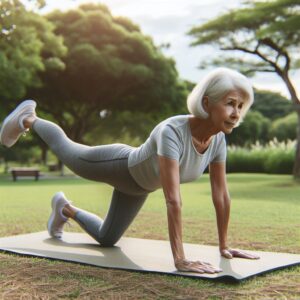
1. Knee Plank (Modified Plank)
A knee plank reduces the intensity of the traditional plank, making it easier on the wrists and core.
How to do it:
- Start on your hands and knees, with your wrists under your shoulders and knees under your hips.
- Extend your legs behind you, keeping your knees on the ground.
- Hold this position, ensuring your body forms a straight line from head to knees.
- Maintain the position for as long as comfortable, gradually increasing the duration over time.
2. Wall Plank
The wall plank is an excellent starting point for seniors who may find floor planks too challenging.
How to do it:
- Stand facing a wall, about an arm’s length away.
- Place your hands on the wall at shoulder height and shoulder-width apart.
- Walk your feet back until your body forms a straight line from head to heels.
- Hold this position, engaging your core and maintaining proper form.
3. Chair Plank
Using a chair for support can make planking more accessible and comfortable for seniors.

How to do it:
- Stand behind a sturdy chair and place your hands on the backrest.
- Walk your feet back until your body forms a straight line from head to heels.
- Hold this position, keeping your core engaged and your body aligned.
4. Forearm Plank
The forearm plank is a slightly more advanced variation that targets the core more intensely.
How to do it:
- Start on your hands and knees, then lower your forearms to the ground.
- Extend your legs behind you, balancing on your toes and forearms.
- Ensure your body forms a straight line from head to heels.
- Hold this position, focusing on maintaining proper form and engaging your core.
5. Side Plank
The side plank targets the oblique muscles, which are essential for lateral stability.
How to do it:
- Lie on your side with your legs extended and your feet stacked.
- Prop yourself up on your forearm, ensuring your elbow is directly under your shoulder.
- Lift your hips off the ground, forming a straight line from head to heels.
- Hold this position, then switch sides and repeat.
Incorporating Planking Exercises into Your Routine
To maximize the benefits of planking exercises for fall prevention, it’s important to incorporate them into your regular fitness routine. Here are some tips for doing so effectively:

Set Realistic Goals
Start with short durations and gradually increase the time you hold each plank. Setting realistic goals helps you stay motivated and track your progress.
Combine with Other Exercises
Incorporate planking exercises into a balanced workout routine that includes strength training, flexibility exercises, and cardiovascular activities. This holistic approach ensures overall fitness and reduces the risk of falls.
Practice Regularly
Consistency is key to seeing improvements. Aim to practice planking exercises at least three times a week. Regular practice helps build strength and stability over time.
Stay Hydrated and Eat Well
Proper hydration and nutrition support your overall fitness and energy levels. Make sure to drink plenty of water and eat a balanced diet to fuel your workouts.
Advanced Planking Exercises for Seniors
Once you have mastered the basic planking exercises, you can progress to more advanced variations to continue challenging your body and improving your strength and stability.
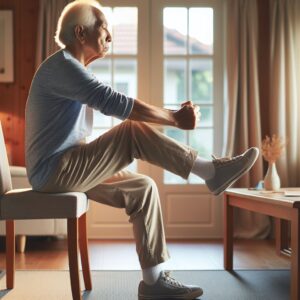
1. Plank with Leg Lift
Adding a leg lift to your plank increases the challenge to your core and engages your glutes and lower back muscles.
How to do it:
- Start in a traditional plank position on your hands and toes.
- Lift one leg off the ground, keeping it straight and in line with your body.
- Hold for a few seconds, then lower your leg and switch sides.
- Repeat for the desired number of repetitions.
2. Plank with Arm Lift
Lifting an arm while holding a plank engages your shoulders and upper back, adding an extra challenge to your core stability.
How to do it:
- Start in a traditional plank position on your hands and toes.
- Lift one arm off the ground, extending it straight in front of you.
- Hold for a few seconds, then lower your arm and switch sides.
- Repeat for the desired number of repetitions.
3. Plank with Shoulder Tap
Tapping your shoulders while holding a plank challenges your balance and coordination, making this an excellent exercise for fall prevention.
How to do it:
- Start in a traditional plank position on your hands and toes.
- Lift one hand off the ground and tap your opposite shoulder.
- Return your hand to the ground and repeat on the other side.
- Continue alternating sides for the desired number of repetitions.
4. Plank with Hip Dips
Adding hip dips to your plank engages your oblique muscles and improves lateral stability.
How to do it:
- Start in a forearm plank position.
- Rotate your hips to one side, lowering them towards the ground.
- Return to the starting position and repeat on the other side.
- Continue alternating sides for the desired number of repetitions.
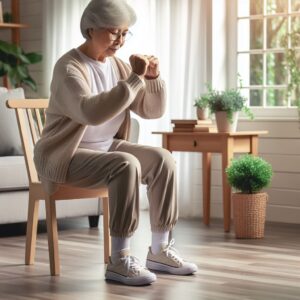
5. Plank with Knee to Elbow
Bringing your knee to your elbow while holding a plank engages your core and hip flexors, adding an extra challenge to your stability.
How to do it:
- Start in a traditional plank position on your hands and toes.
- Lift one knee and bring it towards your opposite elbow.
- Return to the starting position and repeat on the other side.
- Continue alternating sides for the desired number of repetitions.
Benefits of Planking Exercises Beyond Fall Prevention
While planking exercises are excellent for fall prevention, they offer numerous other benefits that contribute to overall health and well-being for seniors.
Improved Cardiovascular Health
Planking exercises can help improve cardiovascular health by increasing heart rate and promoting circulation. This can lead to better overall heart health and reduced risk of cardiovascular diseases.
Enhanced Mental Health
Exercise, including planking, has been shown to have positive effects on mental health. Regular physical activity can reduce symptoms of anxiety and depression, improve mood, and enhance cognitive function.
Better Sleep Quality
Engaging in regular exercise, such as planking, can improve sleep quality by promoting relaxation and reducing stress. Better sleep contributes to overall health and well-being.
Increased Energy Levels
Regular exercise can boost energy levels by improving circulation and oxygen delivery to the muscles. This can help seniors feel more energized and capable of performing daily activities.
Weight Management
Planking exercises can contribute to weight management by burning calories and building muscle. Maintaining a healthy weight is important for overall health and can reduce the risk of various chronic conditions, such as heart disease, diabetes, and hypertension. By incorporating planking into a regular exercise routine, seniors can manage their weight more effectively, leading to improved overall health and longevity.
Conclusion
Planking exercises offer numerous benefits for seniors, particularly in fall prevention. By strengthening the core, improving posture, enhancing balance, and increasing overall strength, planks can help seniors maintain their independence and reduce the risk of falls. Additionally, planking exercises contribute to cardiovascular health, mental well-being, better sleep quality, increased energy levels, and effective weight management.
It’s important for seniors to start with easy variations of planking exercises and gradually progress as they build strength and confidence. Maintaining proper form, taking breaks, and listening to the body are crucial for preventing injuries and maximizing the benefits of these exercises. Incorporating planking into a balanced fitness routine that includes strength training, flexibility exercises, and cardiovascular activities can lead to overall improved health and well-being.
By practicing planking exercises regularly, seniors can enjoy a higher quality of life, greater mobility, and a reduced risk of falls. So, whether you’re new to exercise or looking to enhance your current routine, consider adding planking exercises to your fitness regimen and experience the many benefits they have to offer.
